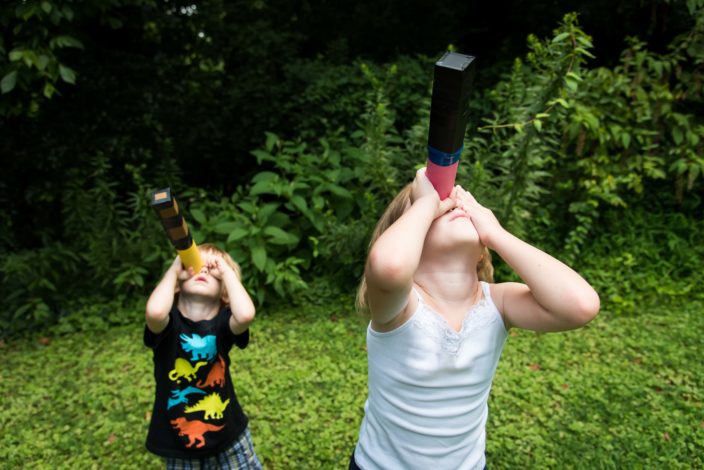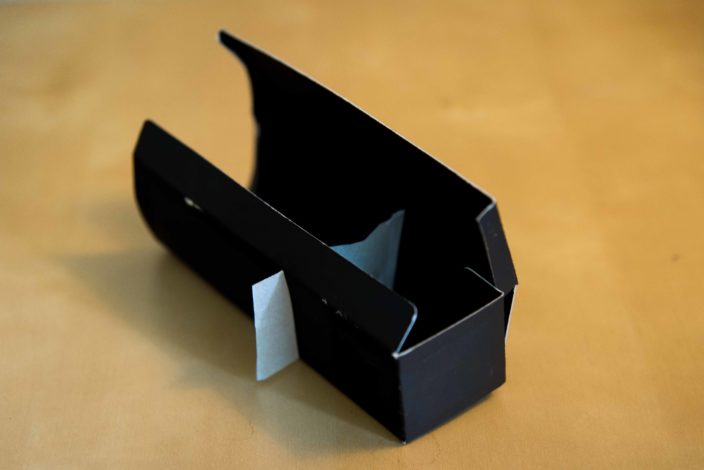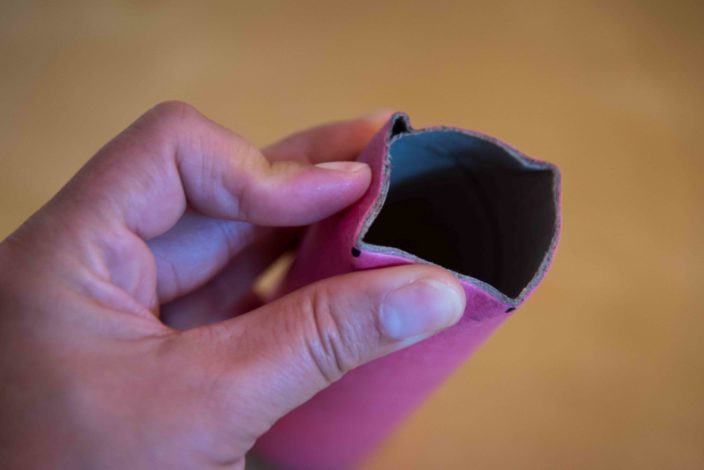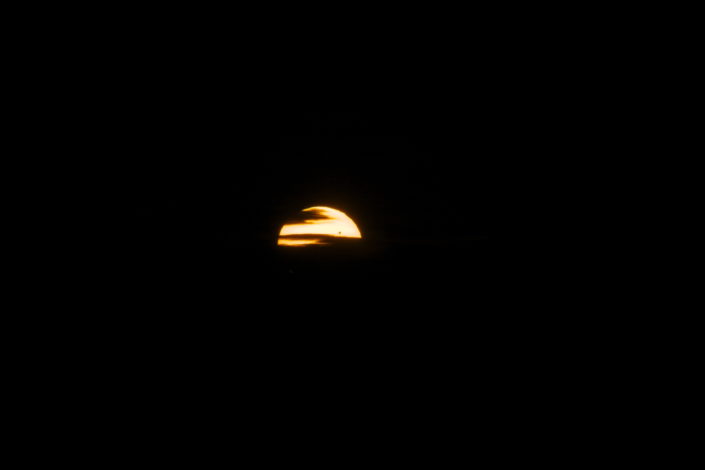Are you ready?
The United States is about to witness an amazing spectacle it hasn’t seen in over 45 years. On Monday, August 21, 2017 a total solar eclipse will travel the expanse of North America, making its way from Salem, Oregon to Charleston, SC. Witnessing an event like this is quite possibly a once in a lifetime experience for most people and if you live in the United States, chances are good that you’ll get to see it.
To see how close you are to the path of totality (where a total solar eclipse can be seen), be sure to visit Nasa’s
website. Even if you can’t make it close to the direct path, you should be able to see a partial eclipse from almost anywhere in the United States. Keeping your eyes protected when looking at the sun, however, is very important. Never look directly into the sun! Many people have opted to order special eclipse viewing glasses, but there is another option for viewing the eclipse that you can make yourself at home. A pinhole viewer allows you to project the image of the sun onto a screen, protecting your eyes from the sun’s harmful rays. This step-by-step guide will show you how you can make one yourself with supplies you may already have at home.

Make a Pinhole Viewer
Supplies
Heavy Cardstock (Black is preferable)
Toilet Paper Tube
Black Paint and Paintbrush
White Parchment Paper
X-acto Knife or Sharp Cutting tool (Pocketknife, anyone?)
Needle or Push Pin
Black Electrical Tape
Pinhole Viewer Template PDF
Step-by-Step Guide
- Paint the inside and outside of your Toilet Paper tube black and let dry. Alternately, some craft stores have extra thick cardboard tubes in fun colors that will block the light coming through. No need to paint.
- Print out the Pinhole Viewer Template PDF onto your cardstock. If using black cardstock, you will want to choose a light-colored ink to make your print.
- Cut out the box template from your cardstock.
- Using an X-acto knife or other sharp cutting tool, carefully cut two slits in the cardstock cut-out where indicated.
- Using your needle or push pin, very carefully make a hole in the center of the X on your cardstock cut-out. This will be the lens for your pinhole viewer. You want the hole to be as clean as possible and not too large. For a cleaner hole, slowly twist the needle back and forth as you push it through.
- Fold along the dotted lines in order to make a box. Leave the top section open in order to secure the parchment paper.
- Carefully slide the parchment paper through the slits you created. It should stick out some on either side. Close up the box once the parchment paper is in place and carefully pull the parchment paper tight. You don’t want to pull too hard or it will break.

- Tape the box shut along the seams. You will want to tape everywhere there is a potential light leak, so along the sides of the front lens and all along the top seam.
- Tape the parchment paper to the side of the box on both sides so that it stretches flat inside the box. After the paper is secure tape around the slits enough times in order to ensure that no light can leak through. When you are done, you should not see any of the parchment paper. If you used white or light-colored cardstock you may want to tape around the entire box so that no white cardstock is showing. This will also help make it more durable for little hands to use.
- Taking your index finger and thumb pinch four corners into the top of the toilet paper tube in order to form a square. This will allow us to put a circular tube into a square tube.

- Insert the toilet paper tube into the end of your box and tape all along the seam. Be generous with the tape here. We don’t want any light leaks.
- Decorate your viewer how you like! Stickers are always a favorite for little hands.
Now that you’ve built your viewer its time to test it!
You will need to be in bright sunlight in order for it to work. Using your hands to shield any light that might come through, bring the viewer up to your eyes and look out at the brightest object you can find. The sun often works well for this. As your eyes adjust to the darkness inside the tube you will start to see an image projected on the parchment paper in front of you. You many notice that it is upside down! This has to do with the way the optics of the pinhole lens work. As the light-waves travel through the pinhole they are inverted and projected upside down at the other end. When viewing the eclipse, however, this shouldn’t be very noticeable.
A Couple Safety Precautions for Viewing the Eclipse
Cover the other eye! Since the pinhole viewer is for one eye be sure you have a hand up covering the other eye as you look towards the sun. Another option is to wear an eye patch over the eye that’s not in use. Pirate costume optional! Never look directly at the sun without looking through the viewer. Younger children may have difficulty keeping the viewer up to their eyes for the whole time they are looking at the sun. Be sure to practice before-hand and decide whether or not your child can safely use the viewer to view the eclipse.

You can use a pinhole viewer to watch other stellar phenomenon, like the transit of Venus
Your Pinhole Viewer Can See Things Besides the Sun
On very bright days you will be able to see all kinds of things through your pinhole viewers. Trees, buildings, cars passing down the street, birds flying in the air. All will become visible on a bright day once your eyes adjust to the darkness inside the tube. Be sure to have patience while your eyes adjust. The view will be worth the wait!
Photos courtesy of Melissa Hollingsworth and Elliot Cook



 You can use a pinhole viewer to watch other stellar phenomenon, like the transit of Venus
You can use a pinhole viewer to watch other stellar phenomenon, like the transit of Venus




Comments